Elves
Artefact of the month - December 2022
In the old tradition of Finnish beliefs, elves were household fairies, who in many different ways were responsible for the happiness of the house. Based on this tradition, the Christmas elves we know today emerged at the end of the 19th century.
The Finnish word tonttu was borrowed from Swedish, where tomte referred to a household spirit. Among the people, there was no clear idea of where the elves came from, but it was thought, among other things, that the first owner of the house or the first person to start a fire in the house ended up as an elf. The diverse narrative tradition related to elves lived strong until the post-war period.
Most often the elf was portrayed as a grey-clothed little old man who handled various house chores to help the household members. There may have been several elves in the same household who were responsible for different tasks. In addition to the house elf, there were often barn and sauna elves as well, who supervised the use of fire in these buildings. The elf’s central task was to protect the people of the house, and he did not hesitate to show himself to warn of possible danger. For example, before a fire, the elf could be seen carrying the items of the house to safety.
The early house elves were by no means merely benevolent figures. The elf was believed to observe the life of the household very closely and judgementally. If the household members did not live in a well-behaved and diligent manner, the easily irritated elf could remind them of his existence, for example by causing a disturbance similar to haunting. At worst, the elf could leave the ill-mannered house altogether, taking happiness away from the house.
Christmas was an important celebration for house elves. On Christmas night, people would prepare a plate of porridge for the elf and put it where the elf was known to live, such as the sauna, barn, stable or attic. It was also customary to leave food for elves at the Christmas table for Christmas night.
Alongside this old belief tradition related to the household fairies, the Christmas elf tradition we know today emerged at the end of the 19th century. The first of the Nordic countries to be conquered by the Christmas elf was Denmark, from where the phenomenon spread through Norway and Sweden to Finland. The establishment of the Christmas elf tradition was strongly influenced by illustrators, especially the Swedish Jenny Nyström, who is considered the creator of the Nordic image of the elf figure. Nyström dressed the elves of her pictures in a grey jacket that imitated an old peasant’s outfit and a red pixie hat. In Finland, illustrators such as Rudolf Koivu and Martha Wendelin were influenced by this, and the external appearance of the Christmas elf was also adopted as part of the Finnish tradition.
In 2019, these elf figures were donated to the National Museum’s collections. Their history extends back to the early 1940s in the war-torn Sortavala in Karelia. There, the elves were made by an artist with disabled hands whose name has been forgotten over the course of the decades. Very similar elves can also be found in the collections of other museums, so it may be that the instructions for the manufacture of these elves were published in the past and there may have been more than one manufacturer.
The Sortavala elves are about 20-30 cm high and made of crepe paper, which was a typical material in the era of austerity. Crepe paper was a particularly popular material for Christmas decorations, especially in the 1940s, when there was a shortage of both decorations and craft materials in the shops. The frames of the elves are made of iron wire coated with paper pulp. The handsome beards are made of linen. Two of the elves are depicted doing chores that were considered typical of them: one is carrying the house keys and a candle lantern, while the other has already had Christmas porridge. The third elf is shown reading the Christmas gospel – allowing the old folk religion behind the elves to meet the Christian Christmas tradition.
Raila Kataja
Literature
Koivisto, Kaisa – Nyman, Hannele – Saloniemi, Marjo-Riitta 2019. Joulupuu on rakennettu. Tammi.
Pulkkinen, Risto 2014. Suomalainen kansanusko samaaneista saunatonttuihin. Gaudeamus.
Pulkkinen, Risto – Lindfors, Stina 2016. Suomalaisen kansanuskon sanakirja. Gaudeamus.
Saure, Heikki 2021. Tonttu – Tarua ja totta. SKS Kirjat.
Image source: Wikimedia Commons.




-
2024
-
2023
-
2022
-
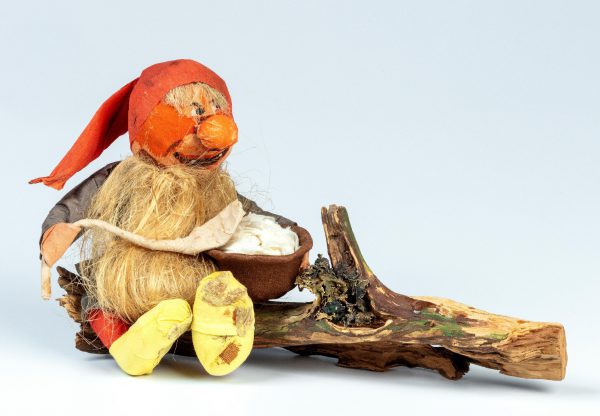 Elves
Elves
-
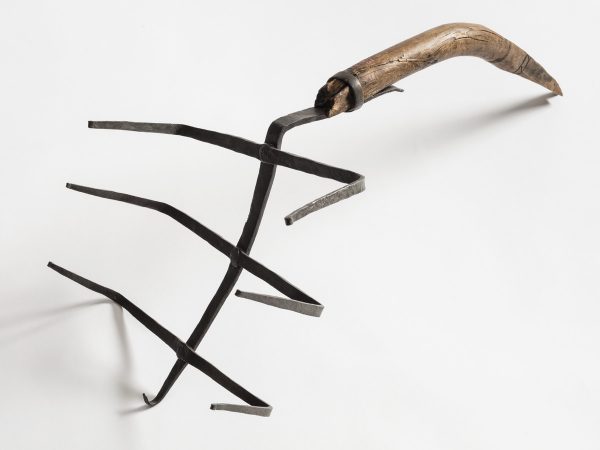 Fire rack and gig
Fire rack and gig
-
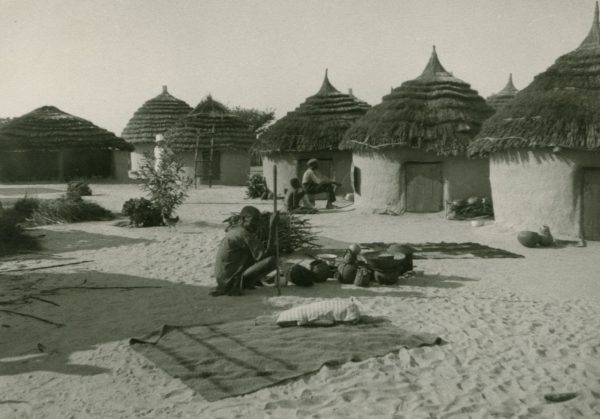 Ndonga-language hymn book
Ndonga-language hymn book
-
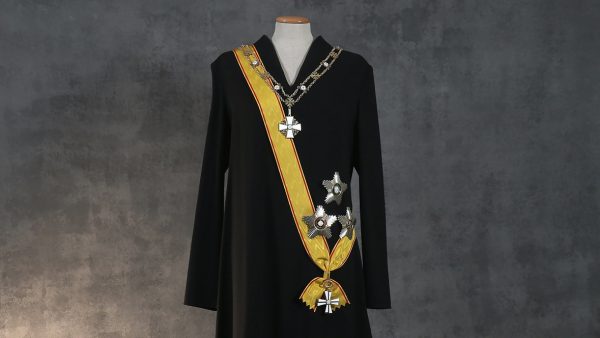 President Tarja Halonen’s inaugural attire
President Tarja Halonen’s inaugural attire
-
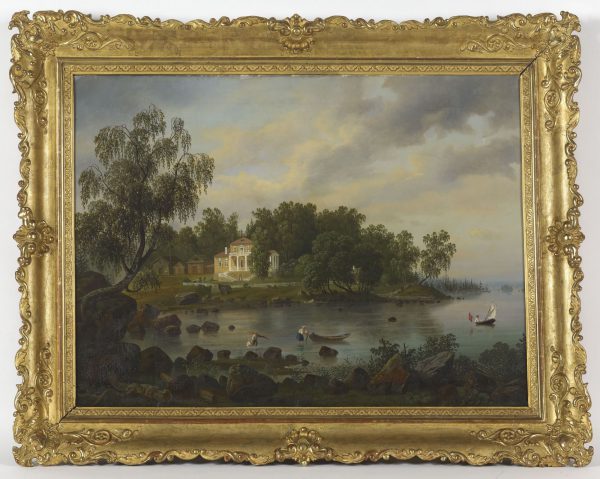 Landscape paintings from Vyborg
Landscape paintings from Vyborg
-
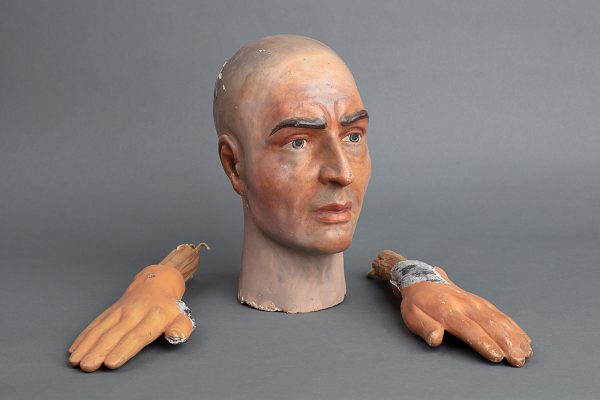 Matti Haapoja – From a piece of string to a leather patch of skin
Matti Haapoja – From a piece of string to a leather patch of skin
-
 Lightship Kemi’s commuter boat
Lightship Kemi’s commuter boat
-
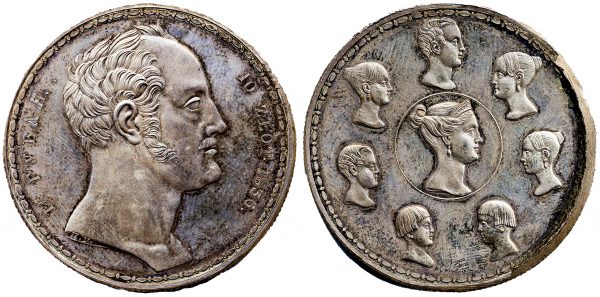 Family rouble 1836
Family rouble 1836
-
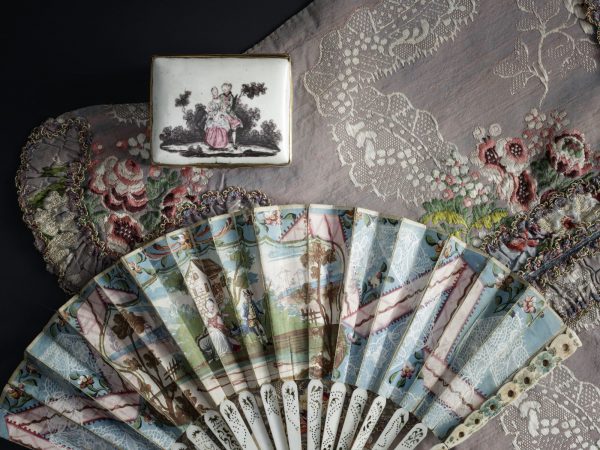 Snuff and patches
Snuff and patches
-
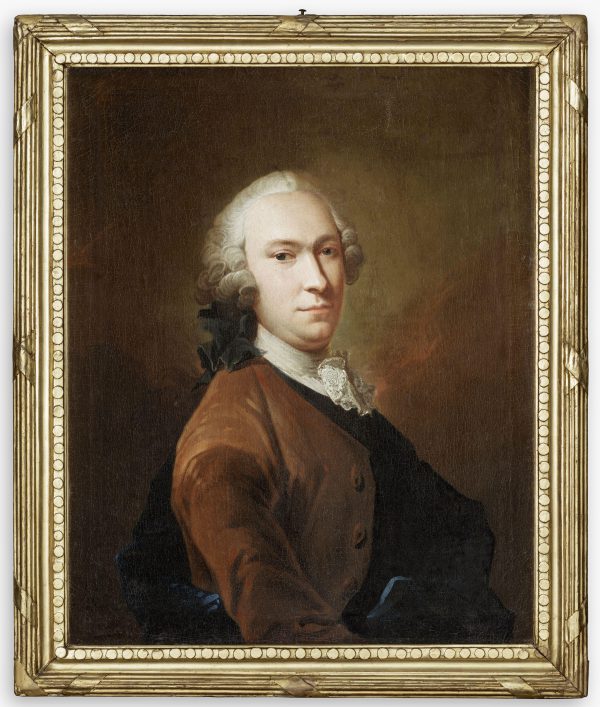 A new addition to Isaac Wacklin’s oeuvre
A new addition to Isaac Wacklin’s oeuvre
-
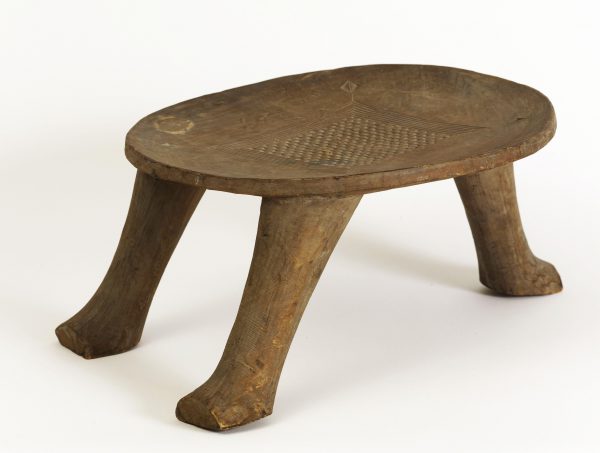 Kataklè stool’s journey from Dahomey via Paris to Helsinki
Kataklè stool’s journey from Dahomey via Paris to Helsinki
-
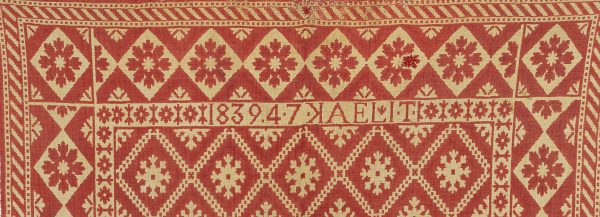 The mystery of the double cloth
The mystery of the double cloth
-
-
2021
-
2020
-
2019
-
2018